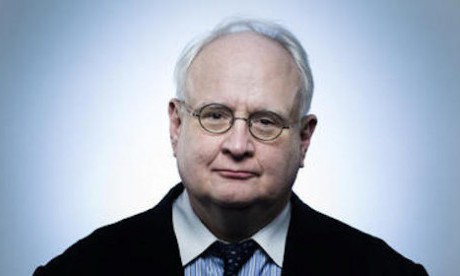When Pope Francis described the killing of more than a million Armenians a century ago as “the first genocide of the 20th century,” he was widely regarded as making a political statement.
Certainly that was the view of Turkey, which recalled its ambassador to the Vatican and expressed its “great disappointment and sadness” over the pope’s remarks.
If a religious significance was attached to the pope’s comments, it was that his condemnation of killings of a Christian group resident in the Muslim Ottoman Empire resonated in the current persecution of Christians by Islamic State.
But even that analysis misses the theological significance of the pope’s remarks and the ceremony at which he delivered them.
Francis spoke last Sunday at a Mass in the Vatican celebrated for Catholics of the Armenian Rite.
Present were not only the head of the Armenian Catholic Church, Patriarch Nerses Bedros XIX, but also the leadership of the Armenian Apostolic Church, including Karekin II and Aram I, the two Catholicoi (patriarchs) at the top of the church’s hierarchy.
The Armenian Apostolic Church, one of the most ancient Christian communities, is an “Oriental Orthodox” church, not be confused with the Eastern Orthodox Church which broke with Rome in the 11th century.
The Armenian Church parted with both Rome and Constantinople much earlier, over an abstruse theological dispute about the nature of Christ.
In recent years, however, the Armenian and other “Miaphysite” churches – another is the Coptic Orthodox Church of Egypt – have been engaged in theological conversations with the Vatican and Eastern Orthodox churches and the theological differences of Christianity’s first millennium largely have been smoothed over.
As a 1997 joint declaration by Pope John Paul II and Armenian Catholicos Aram I Keshishian put it, the disagreements “were frequently based on historical, political, or sociocultural factors.” Continue reading
- Michael McGough is the Los Angeles Times’ senior editorial writer, based in Washington, D.C.
